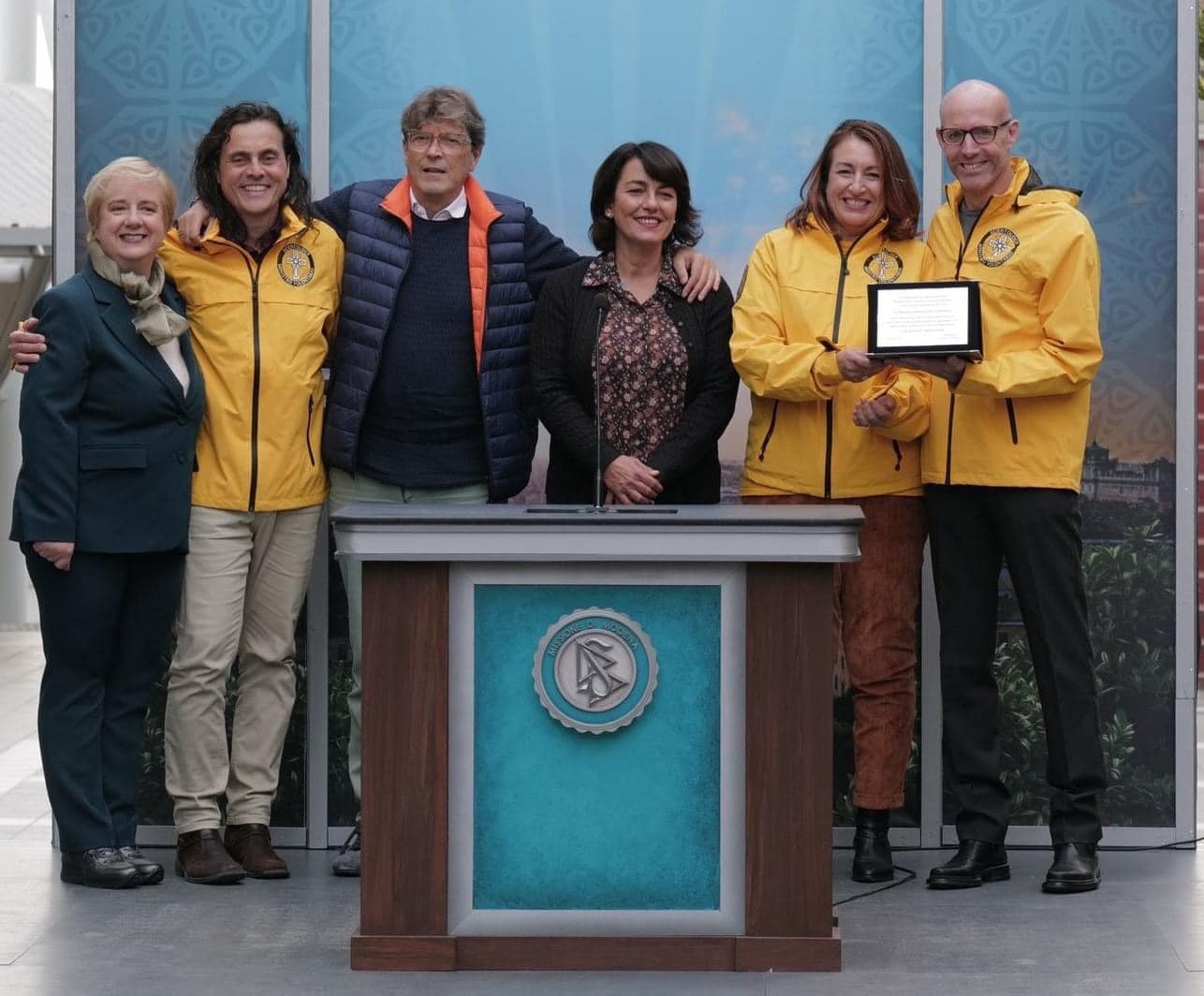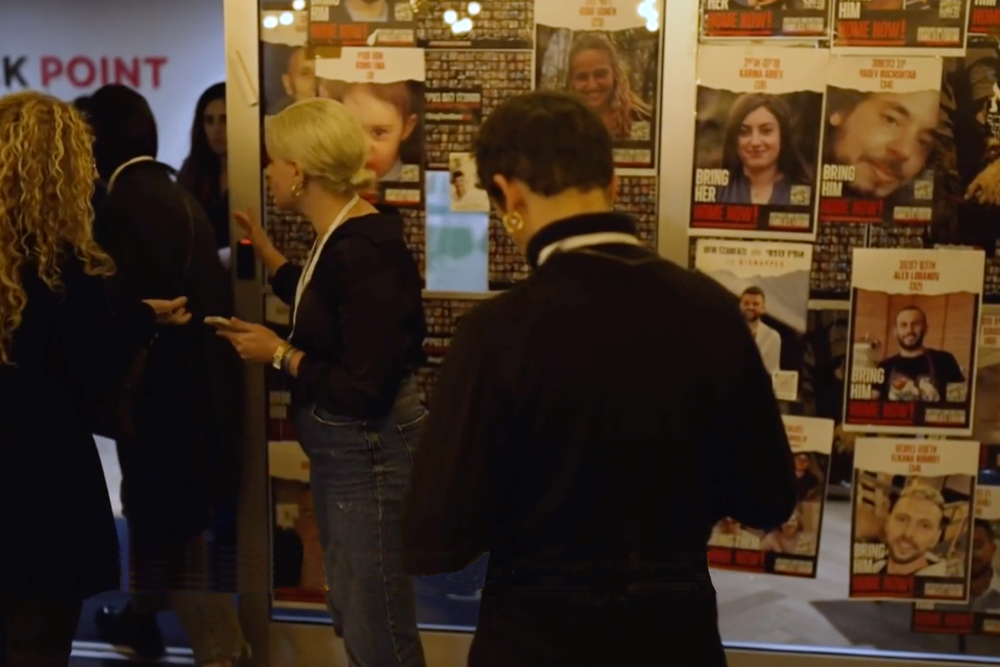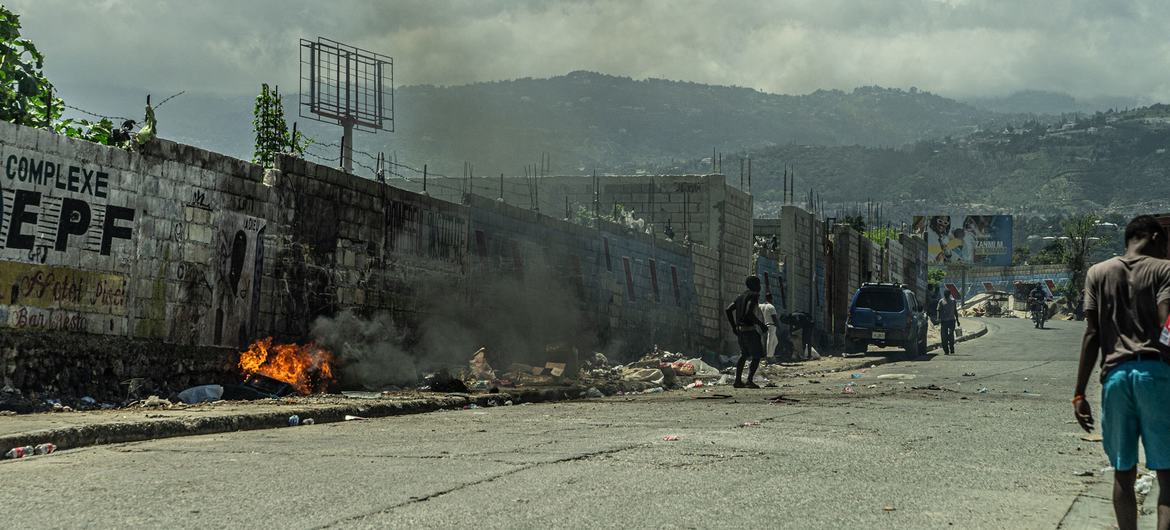Namur, the city of festivals: a rich program throughout the year
Namur, the capital of Wallonia in Belgium, is a city that vibrates to the rhythm of festivals throughout the year. Whether you’re passionate about music, cinema, theater or the visual arts, you’re sure to find an event you enjoy in this dynamic city.
One of the most emblematic festivals in Namur is undoubtedly the Festival International du Film Francophone. Every year, in September, this festival attracts film buffs from all over the world who come to discover the latest productions of French-speaking cinema. Competitions, outdoor screenings and meetings with directors make this event an unmissable event for all cinema lovers.
In summer, the city of Namur transforms into a real musical scene with the Namur Music Festival. For several weeks, internationally renowned artists perform in emblematic places in the city such as the citadel or the royal theater. From jazz to classical music to rock, there is something for all tastes and ears.
Visual arts lovers will not be left out in Namur. The International Comic Strip Festival takes over the city every year in January. Exhibitions, meetings with authors and signings are on the program for this event which highlights the ninth art. It’s the perfect opportunity to discover new talents and immerse yourself in the fascinating world of comics.
But Namur is not limited to cultural festivals. The city also hosts renowned sporting events. The Grand Prix de Wallonie, a professional cycling race, attracts international riders and thousands of spectators each year. The streets of Namur are transformed into a demanding and spectacular course for this competition which is part of the International Cycling Union calendar.
In December, Namur is adorned with its most beautiful lights to host the Illuminations Festival. For several weeks, the city is transformed into a real fairy tale with magical illuminations, street shows and activities for the whole family. It’s a magical time when young and old can immerse themselves in the warm atmosphere of the end-of-year celebrations.
Namur is therefore a city with no shortage of activities throughout the year. Whether you are a fan of arts, music, cinema or sport, you will find a festival in Namur that will meet your expectations. In addition to these events, the city also offers many tourist attractions such as the citadel, the Saint-Aubin cathedral and the Namurois Museum of Ancient Arts.
If you are planning to visit Namur, it is advisable to find out in advance about the festivals that will take place during your stay. Hotels and restaurants are often busy during these times, so it is best to book in advance. Additionally, some events require tickets to be purchased in advance, so it is important to plan accordingly.
Namur, the city of festivals, is a true paradise for lovers of culture and entertainment. Whether you are attracted by cinema, music, visual arts or sport, you will certainly find what you are looking for in this city full of life. So don’t hesitate any longer, come discover Namur and let yourself be carried away by the magic of its festivals throughout the year.
Originally published at Almouwatin.com














